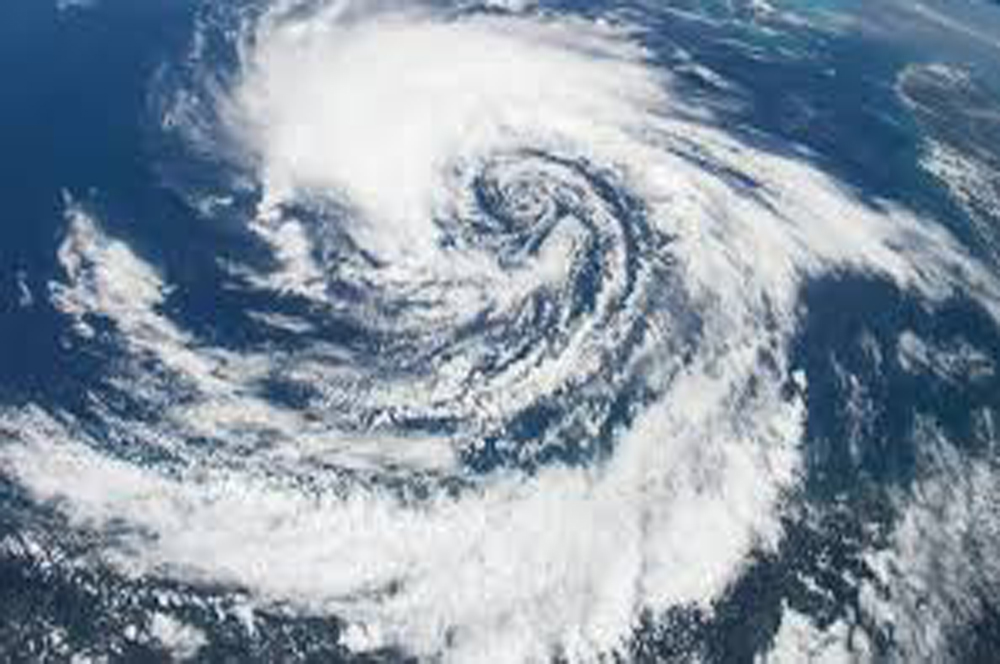

The 1977 Oman cyclone was the deadliest tropical cyclone on record to strike Oman. The storm struck Masirah Island and later southern Oman on June 13, before dissipating the next day over Saudi Arabia.
Producing wind gusts to 230 km/h (140 mph), the storm was the strongest cyclone on record to hit the Arabian Peninsula until Cyclone Gonu hit in 2007. About 95% of Marisah Island was damaged by the strong winds, including much of the military base. The cyclone dropped 430.6 mm (16.95 in) of rainfall over a 24 period on Marisah, which was the highest daily total in the country as of 2003. Overall, the storm killed at least 105 people and left 50,000 homeless.
The 2002 Oman cyclone was an uncommon tropical cyclone that struck the Dhofar region of Oman in May 2002. The system reached cyclonic storm status on May 9, after it attained winds of greater than 65 km/h (40 mph), and on May 10 it made landfall near Salalah; shortly thereafter it dissipated.
The storm brought the heaviest rainfall totals to Dhofar in 30 years, causing flooding and creating rivers in wadis, or typically dry riverbeds. The city of Salalah reported 58 mm in a 24‑hour period as the storm moved ashore. Several people drowned after their vehicles were swept away by the flooding. Damage was severe and widespread. Storm impact included property, crop, transportation, and agricultural damage, with hundreds of cattle drowning during the passage of the storm.
Cyclone Gonu struck Oman in 2007, the strongest cyclone that hit the Arabian Peninsula since 1945. The trail of destruction the cyclone left behind is still as vivid even after eleven years. Some people said the memories will never fade and the horrors will never die.
The cyclone caused 50 deaths and several damages in Oman, where the cyclone was considered the nation's worst natural disaster. Gonu dropped heavy rainfall near the eastern coastline, reaching up to 610 mm, which caused flooding and heavy damage.
strong winds knocked out power and telephone lines across the eastern region of the country, leaving thousands isolated until the lines were repaired hours later. The cyclone caused extensive damage along the coastline, including in the city of Sur and the village of Ras al Hadd at the easternmost point of the Omani mainland.
In Muscat, winds reached 100 km/h (62 mph), leaving the capital city without power. Strong waves and heavy rainfall flooded streets and some buildings.
Cyclone Phet (Thai word pronounced as Pet, meaning "Diamond")in 2010 was a powerful tropical cyclone that made landfall on Oman. Phet developed in the Arabian Sea on May 31 to the west of India and dropped heavy rainfall while moving across eastern Oman, with a peak of 603 mm in Qurayyat. The rains flooded arid areas and collected into wadis – normally dry river beds. Thousands of homes were wrecked across Oman. There were 24 fatalities in the country.
Cyclonic Nilofar (the water lily) was, at the time, the third-strongest cyclone in the Arabian Sea. In late October 2014, it reached peak maximum sustained winds estimated between 205 km/h (125 mph) and 215 km/h (130 mph). The western fringes of the storm caused flash flooding in northeastern Oman, killing four people in Al-Rustaq in northeastern Oman after a vehicle was swept away in a flooded wadi.
Cyclone Chapala: in October 2015, officials in Oman warned for the potential of flash flooding and high waves along the coast. The public was advised to stay away from low-lying areas. Fishermen were asked to avoid venturing into the sea, due to the potential for waves reaching 5 to 7 m (16 to 23 ft) in height. Officials closed schools in Dhofar Governorate. The storm ultimately passed the country to the southwest, sparing the feared impacts from the cyclone. But first it was expected to hit Salalah, Oman. All because of the wind direction change, the wind movement of the cyclone moved towards Yemen.
Oman Observer is now on the WhatsApp channel. Click here



